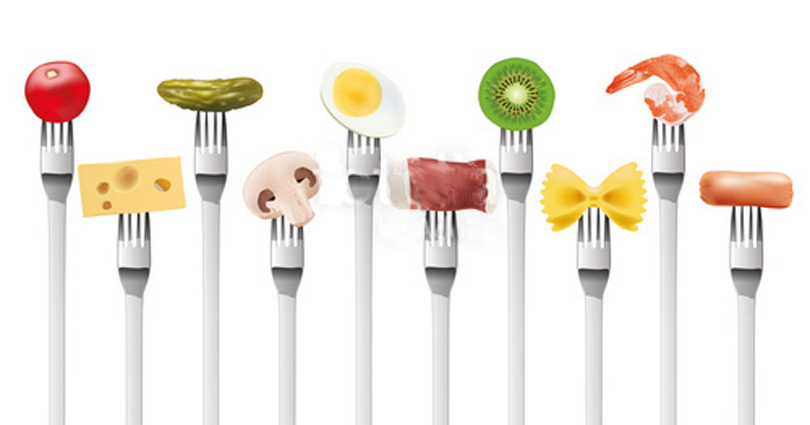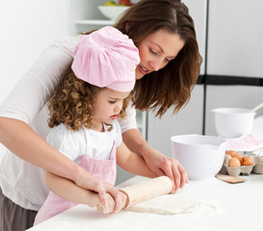(15-04-2018) Tai Chi found to significantly improve knee movement and flexibility in osteoarthritis patients
(Natural News) The day is sunny and bright. You’re looking forward to a fun weekend at the park with your family. The picnic basket is prepared, and so are the children’s toys and favorite things.
But your knee suddenly hurts, and you could hardly walk. A few minutes later, it’s swelling and tender to the touch. You’re experiencing an attack of osteoarthritis just when it’s the last thing you need.
You’re not alone. A survey in Beijing, China showed that 15 percent of women and 5.6 percent of men 60 years old and up have osteoarthritis (OA), a primary reason for disability, especially in older people.
The joint disease hampers movement and exacts a heavy burden on healthcare. While arthritis medicines abound in the market, there are other safer ways to beat the disease. You don’t harm your liver, and you can make new friends along the way.
That treatment – and form of prevention – is the Chinese form of martial arts called Tai Chi.
Tai Chi (known as Taijiquan in some areas) is also called “meditation in motion†because its slow, rhythmic body movements promote relaxation and tranquility. Movements rely on internal energy, which, when unleashed, can neutralize a powerful attacker.
A team of researchers from theShanghai University of Traditional Chinese Medicineand the Shanghai University of Sport conducted a study to find out whether the ancient art of Tai Chi canhelp osteoarthritis patients regain mobilityby easing joint pain through slow, deliberate movements.
The study focused on 60- to 70-year old female OA patients from Shanghai, who all suffered from knee problems. They joined Tai Chi sessions thrice a week for 24 straight weeks.
Sessions were divided into three stages. The first imparted theoretical knowledge on Tai Chi. The second involved application of Tai Chi practices. The third involved the same procedure, this with the presence of an instructor.
Results published in theJournal of Traditional Chinese Medicineshowed that osteoarthritis patients were able to flex their knees more after 24 weeks of Tai Chi. This means that the stiffness in their knee joints was reduced, or it disappeared altogether. (Related: Scorpion venom: A natural remedy for rheumatoid arthritis?)
The benefits of Tai Chiextended beyond the physical. It also improved the psychological well-being of patients with knee OA, since controlled breathing and movements promote rest and tranquility.
Tai Chi moves you can do at home
Tai Chi lowers stress, anxiety and depression levels. It reduces mood disturbance and boosts self-esteem. This form of Chinese martial arts also boosts self-confidence and overcomes the fear of pain.
You can do basicTai Chi moves at home. Here’s how.
Windmill exercise.Stand with feet parallel, slightly wider than shoulder-width apart. Let arms hang loose. Bring hands in front your body using your pubic bone while your fingers point down. Breathe in. Raise arms to the center above your head; fingers pointed upwards. Stretch upwards and bend your spine slightly backward. Breathe out. Slowly bend forward to the floor and move hands to the center. Bend forward from the hip joint, letting your arms hang loosely in front. Breathe in and go back to starting position.
Knee rolls.Stand with feet slightly apart, knees bent a bit. Put hands on knees; fingers pointed toward each other. Rotate knees to the left, back, right and front. Do this in clockwise and counter-clockwise direction.
Hand exercises.Stand with feet slightly wider than shoulder-width apart. Raise arms straight ahead of you, shoulder height. Stretch hands as far as you can. Rotate wrists clockwise, then counter-clockwise.
Closing stance.This aims to balance your energy and promote relaxation and quiet. Stand with feet hip-width apart. Relax shoulders. Cup hands with palms facing up, resting in front of your pelvis. Close eyes. Breathe in. Imagine pulling energy up as you position your hands to your chest. Breathe out. Rotate hands and let your palms face down. Imagine pushing energy downwards while your hands move toward the floor. Repeat as many times as you can.
Learn even more benefits of Tai Chi by heading to ChineseMedicine.newstoday.
Sources include:
Science.news
ScienceDirect.com
Livestrong.com
News
In evidenza
 "L'informazione presente nel sito serve a migliorare, e non a sostituire, il rapporto medico-paziente."
"L'informazione presente nel sito serve a migliorare, e non a sostituire, il rapporto medico-paziente."
Per coloro che hanno problemi di salute si consiglia di consultare sempre il proprio medico curante.

Informazioni utili
-
Ricette a zona
-
Tabelle nutrizionali
-
Tabella composizione corporea
-
ABC della nutrizione






